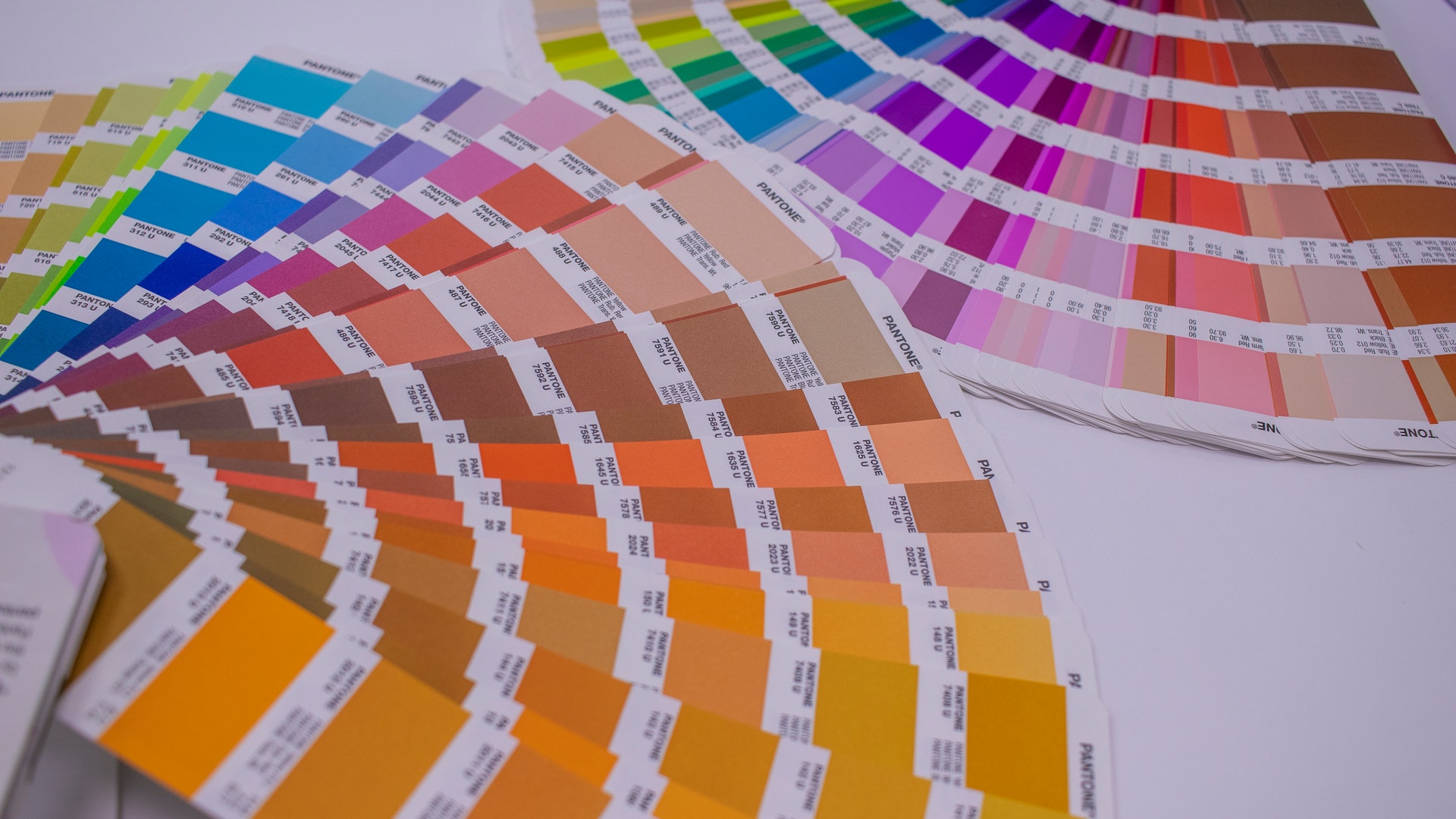A style guide is a document that outlines how the various elements of your company's design should be used in public. It contains, among others, the logo, colors, and fonts. It also determines where and how these elements should be used.
Consistent communcation
Communication is key for your company. It must communicate with customers, employees, suppliers, authorities, and other parties. It is best to be consistent, because consistency and reliability build trust. Your corporate image is communicated in the best way possible to the outside world by using a style guide. A style guide ensures that everyone involved is clear on what the final result should look like, whether you are posting to social media, creating brochures or sending invoices.
A style guide helps new employees and partners to quickly understand your brand and communicate your messages to the outside world in an uniform way.
What's the difference between style guide and corporate design?
The term "corporate design", often used in conjunction with "style guide", is frequently used interchangeably. There is overlap in content, but the two terms are not the same.
Corporate design refers to the entire visual appearance of a company. The style guide is more than just design elements. It also records brand positioning, values, and tonality of the customer address.
What belongs in a style guide?
Your style guide can be used to specify all elements that will allow you to communicate with your target audiences. Here is a list of some common elements:
1. The Buyer Persona
Your communication must be directed towards your target audience. In the style guide, it is important to identify buyer personas. This will ensure that all employees of your company are aware of who is being addressed, and they understand why certain communication and design requirements must be followed.
2. Your corporate philosophy
This is an important foundation for your corporate communication. Write down the mission statement of your company, its values, mission, and mission in your style guide.
3. The logo
How does your logo look? What colors can it be used in? What background can it be used with? Do you have smaller versions or reduced versions? Which versions should be used in what situations? These questions can be answered in detail in your style manual.
4. The colors
The first impression people have of your company is formed by the colors they choose. Consider carefully which colors are most appropriate for your company's goals and target audience, and how they should be used in different contexts. It is often useful to differentiate between primary and second colors.
5. The fonts
To increase your recognition value, it is a good idea to use the same fonts across all channels. You can choose from two to three fonts, and then use the style guide for guidance to determine where they should be used. A certain font can be used as a heading or highlight, while another font can be used for body text.
6. Pictures and graphics
Your communication channels' overall appearance is affected by the images you use. You can also specify whether images should be in specific colors or with certain motifs, or in a particular light, in your style guide. A mood board can be helpful at this stage to give everyone involved an overall impression of the desired look.
7. Spellings
Do you have any specific spellings for your company, products, and processes? Proper names should always be written in uppercase, as an example. These notes can be posted in the style guide as general instructions.
8. The tonality
The style guide should not only consider the visual level. You should also consider how you will speak to your target audiences. Do you prefer a more colloqial tone? Or is it more formal? These points will help you communicate your company's message more clearly to the outside world.
The list is not complete. You can add additional points to the style guide depending on how your company presents itself.
Style guides are a key part of any successful brand
Many big, successful brands have a style guide. Some even publish it publicly. If you are looking for inspiration, there is a lot of it. You can access the style guides from ARD, IG Metall and the German Red Cross, as well as the Federal Government.
Key takeaways
You want to present your company in a professional and consistent manner. Now imagine explaining to each employee what that should look like. A style guide makes it much simpler and quicker to identify all the pillars of communication. You can then simply distribute the guide to your co-workers and team members. Get in touch with us and learn how you can build your style guide.
Source: hubspot
Photo by Леся Терехова from Pexels
INTERACTION DESIGN
Design your products
Our technical know-how allows us to design products that not only thrive on technological sophistication, but also on the sensitivity for the people who use them.
